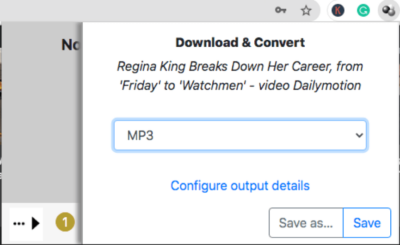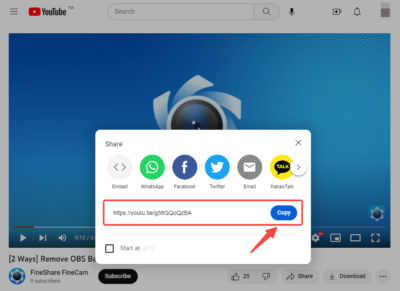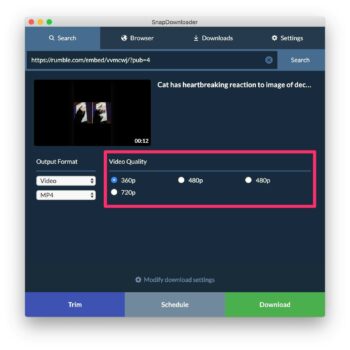1: Introduction:
123RF is a leading stock photography platform that provides a vast collection of images for commercial use. Understanding the licensing and usage permissions associated with 123RF images is crucial for utilizing them legally and ethically. With various license types available, including Standard, Extended, and Editorial, users can find the right permissions for their specific commercial needs.
While the Standard License covers common uses such as marketing and websites, the Extended License allows for broader utilization, such as on merchandise. The Editorial License is ideal for accompanying news articles and blog posts. By adhering to the license terms and respecting usage restrictions, businesses can make the most of 123RF's images while maintaining legal compliance.
Also Read This: The Easiest Thumbnail Grabber for Tiktok Photo Download Without Watermark
2: Licensing:
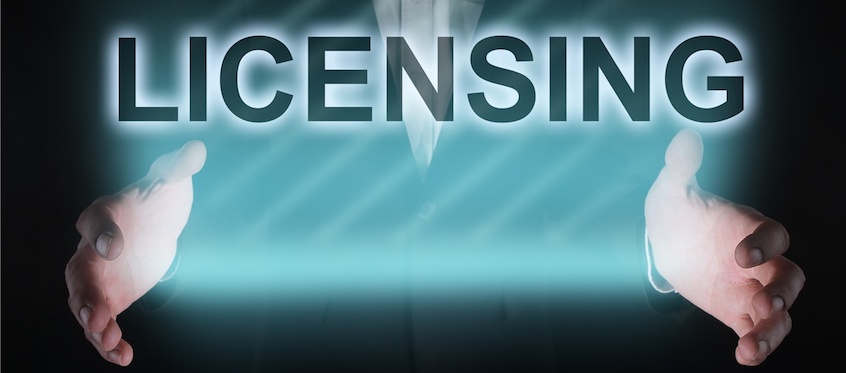
Licensing is a crucial aspect of using 123RF images for commercial purposes. When you license an image from 123RF, you obtain the legal rights and permissions to use that image within the scope defined by the license agreement. Here are some key points to understand about licensing:
1. License Types: 123RF offers different license types to accommodate various commercial needs. The most common license types include the Standard License, Extended License, and Editorial License. Each license has its own specific terms and conditions.
2. Standard License: The Standard License is typically suitable for most commercial uses. It grants you the right to use the image in various ways, such as on websites, in advertisements, in print materials, and on social media platforms. However, there may be limitations on the number of copies or viewers, so it's important to review the license agreement for specific details.
3. Extended License: The Extended License provides additional usage permissions beyond what is allowed under the Standard License. This license is suitable for more extensive uses, including incorporating the image into products for resale, such as merchandise or templates.
4. Editorial License: The Editorial License is specifically tailored for editorial or newsworthy use. It allows you to use the image in connection with news articles, blog posts, or other editorial content. However, it cannot be used for commercial advertising purposes.
5. License Duration: The license obtained for an image is typically perpetual, meaning it is valid for an indefinite period. However, there may be some exceptions, so it's essential to check the license agreement to understand the specific terms regarding duration.
6. Usage Restrictions: While licenses grant you specific permissions, there are still certain restrictions to be aware of. These may include restrictions on using the image in a defamatory or pornographic manner, reselling the image as a standalone product, or using it in trademarks or logos. It's important to review the license agreement to ensure compliance.
7. Attribution: While not always mandatory, providing attribution to the photographer or 123RF is often appreciated. It acknowledges the original creator and helps maintain a respectful creative community.
This video explains Commercial Use of 123RF Images:
https://www.youtube.com/watch?v=K8t6hoaogC8&t=11s&pp=ygVNQ29tbWVyY2lhbCBVc2Ugb2YgMTIzUkYgSW1hZ2VzOiBVbmRlcnN0YW5kaW5nIExpY2Vuc2luZyBhbmQgVXNhZ2UgUGVybWlzc2lvbnM%3D
Also Read This: Leveraging Getty Images for Editorial Photography: Guidelines and Best Practices
3: Standard License:
The Standard License is the most commonly used license type for commercial purposes when utilizing 123RF images. Here are some key points to understand about the Standard License:
1. Permitted Uses: With a Standard License, you can use the licensed image for a wide range of commercial purposes. This includes using it in advertisements, marketing materials, websites, blogs, social media posts, presentations, and more.
2. Print and Digital Use: The Standard License allows you to incorporate the image in both digital and print formats. Whether you need the image for online campaigns or printed materials, the Standard License covers these uses.
3. Copy and Distribution Limitations: While the Standard License permits widespread use, there may be limitations on the number of copies or viewers. The license agreement will specify the permitted quantity or audience size, ensuring that you stay within the authorized usage limits.
4. Worldwide Usage: The Standard License generally grants you the right to use the image worldwide. This means you can utilize the licensed image for your commercial projects regardless of the geographic location.
5. Exclusivity: The Standard License does not provide exclusive rights to the licensed image. Other users may also license and utilize the same image for their own purposes. If you require exclusive usage, you may need to explore other licensing options or contact 123RF for further assistance.
6. Modifications and Derivative Works: The Standard License allows you to modify the licensed image to suit your specific needs. You can crop, resize, edit, and incorporate it into larger projects or derivative works. However, it's important to review the license agreement to ensure that any modifications comply with the specified terms and restrictions.
7. End User License Agreement (EULA): When you license an image under the Standard License, you enter into a legal agreement with 123RF through their End User License Agreement. It's crucial to read and understand the terms and conditions outlined in the EULA to ensure proper usage and compliance.
Also Read This: What is VK App Used for? Profound Introduction to the Russian Social Network
4: Extended License:

The Extended License is a license type offered by 123RF that provides additional permissions and flexibility beyond what is allowed under the Standard License. Here are the key points to understand about the Extended License:
1. Expanded Usage: The Extended License allows for broader usage of the licensed image compared to the Standard License. It provides more extensive rights and permissions, enabling you to use the image in ways that go beyond the scope of the Standard License.
2. Merchandise and Products for Resale: One of the primary benefits of the Extended License is the ability to incorporate the licensed image into merchandise and products for resale. This includes items such as t-shirts, mugs, posters, and other physical or digital products that feature the licensed image as a significant component.
3. Templates for Resale: The Extended License also permits the use of the licensed image in templates or designs that are intended for resale. This could include website templates, brochure templates, graphic design templates, or any other type of template where the image is an integral part of the product being sold.
4. Enhanced Print Runs and Circulation: Unlike the limitations that may exist with the Standard License, the Extended License often allows for larger print runs and wider circulation. This means you can reproduce and distribute the image in greater quantities, reaching a larger audience.
5. Exclusive and Non-Exclusive Options: Depending on the specific image and licensing agreement, you may have the choice between an exclusive or non-exclusive Extended License. An exclusive Extended License ensures that the licensed image is only available to you, providing a higher level of exclusivity.
6. Pricing: The Extended License typically comes with an additional cost compared to the Standard License. The price may vary depending on factors such as the specific image, intended use, exclusivity, and market demand.
7. License Duration: Similar to the Standard License, the Extended License is generally valid for a perpetual duration. However, it's crucial to review the license agreement associated with each image to confirm the specific terms regarding the duration of the Extended License.
Also Read This: Foap: How to Make Money Selling Your Photos Online
5: Editorial License:
The Editorial License is a specific license type offered by 123RF that is tailored for editorial or newsworthy use of images. Here are the key points to understand about the Editorial License:
1. Purpose: The Editorial License allows you to use the licensed image in connection with news articles, blog posts, magazines, newspapers, and other editorial content. It is specifically intended for non-commercial, informative, or journalistic purposes.
2. News and Information: With the Editorial License, you can incorporate the image to visually enhance your news-related content, providing context or visual representation of the subject matter being discussed.
3. No Commercial Advertising: It's important to note that the Editorial License prohibits using the licensed image for commercial advertising purposes. The image cannot be used to promote or endorse products, services, or brands.
4. Attribution: While not always mandatory, providing attribution to the photographer or 123RF is generally appreciated when using images under the Editorial License. Proper attribution acknowledges the original creator and helps maintain a respectful and transparent approach to image usage.
5. Compliance with Laws and Ethical Guidelines: When using images under the Editorial License, it is essential to ensure compliance with laws, regulations, and ethical guidelines related to journalistic and editorial content. This includes avoiding defamatory, misleading, or inappropriate use of the image.
6. Usage Restrictions: While the Editorial License allows for more flexible use in news and informational contexts, there may still be some restrictions. It's important to review the specific license agreement associated with the image to understand any limitations or restrictions that may apply.
7. Editorial License vs. Commercial Licenses: It's crucial to differentiate between the Editorial License and commercial licenses such as the Standard License or Extended License. The Editorial License is specifically designed for non-commercial, editorial use, while the commercial licenses cater to promotional, marketing, or advertising purposes.
I asked this a while back to someone that makes anime inspired clothing and she explained that you have to get usage rights permissions from whoever owns the licensing if you are planning to commercialize the design. However, if it’s just for personal use you should be fine.
— Grandma Ray 👵🏾☀️™️ (@rayofsunshan) November 17, 2022
Also Read This: View Velocity: Strategies for Getting More Views on eBay
6: License Duration:
The license duration refers to the period of time for which the licensing rights for a particular image are granted. Here are some key points to understand about license duration:
1. Perpetual License: In most cases, the licenses offered by 123RF, including the Standard License, Extended License, and Editorial License, are perpetual. This means that once you acquire the license for an image, you have the right to use that image indefinitely, even after the license agreement expires or is no longer active.
2. No Expiry: With a perpetual license, there is no set expiry date for the license itself. As long as you comply with the terms and conditions of the license agreement, you can continue to use the image without the need for license renewal.
3. Exceptions: While perpetual licenses are the norm, there may be certain exceptions or specific circumstances where the license duration may be limited. These exceptions would be explicitly stated in the license agreement for the image.
4. License Transfer: It's important to note that the perpetual license generally applies to the original licensee who obtained the license from 123RF. License transfer to another individual or entity may not be permitted unless expressly allowed by 123RF or specified in the license agreement.
5. Access to Updates: Acquiring a perpetual license typically grants you the rights to use the image as it exists at the time of licensing. It does not guarantee access to future updates, revisions, or new versions of the image that may be released by the original creator or 123RF.
Also Read This: Discover How to Watch Movies on Flickr Offline with This Powerful Method
7: Usage Restrictions:
When using 123RF images for commercial purposes, there are certain usage restrictions that you should be aware of. These restrictions are in place to ensure legal and ethical usage of the images. Here are some key points regarding usage restrictions:
1. Prohibited Uses: There are specific uses that are generally prohibited when using 123RF images. This includes using the images in a defamatory, pornographic, or illegal manner. You cannot use the images to endorse or promote hate speech, violence, or discrimination.
2. Reselling as Standalone: It is generally not allowed to resell the licensed image as a standalone product. This means you cannot redistribute the image itself to others for their use or purchase.
3. Trademarks and Logos: You cannot use 123RF images as part of a trademark, logo, or any other branding element. The images should not be used in a way that suggests endorsement or association with a particular product, service, or company.
4. Model and Property Releases: While 123RF provides royalty-free images, it is important to note that certain images may contain recognizable people, private property, or copyrighted elements. It is your responsibility to ensure that appropriate model and property releases are obtained for such cases if you plan to use the image in a manner that requires these releases.
5. Editorial vs. Commercial Usage: If you are using an image under the Editorial License, it cannot be used for commercial advertising purposes. The Editorial License is specifically intended for non-commercial, news-related, or informational use.
6. Exclusive Licenses: In some cases, the image you license may be available for both exclusive and non-exclusive licensing. If you opt for an exclusive license, you may have additional restrictions, such as exclusivity within a specific region or industry. It's important to review the terms of the exclusive license carefully to understand any additional usage restrictions.
Also Read This: The Best Free Download Manager for Reddit You Need to Try
8: Attribution:
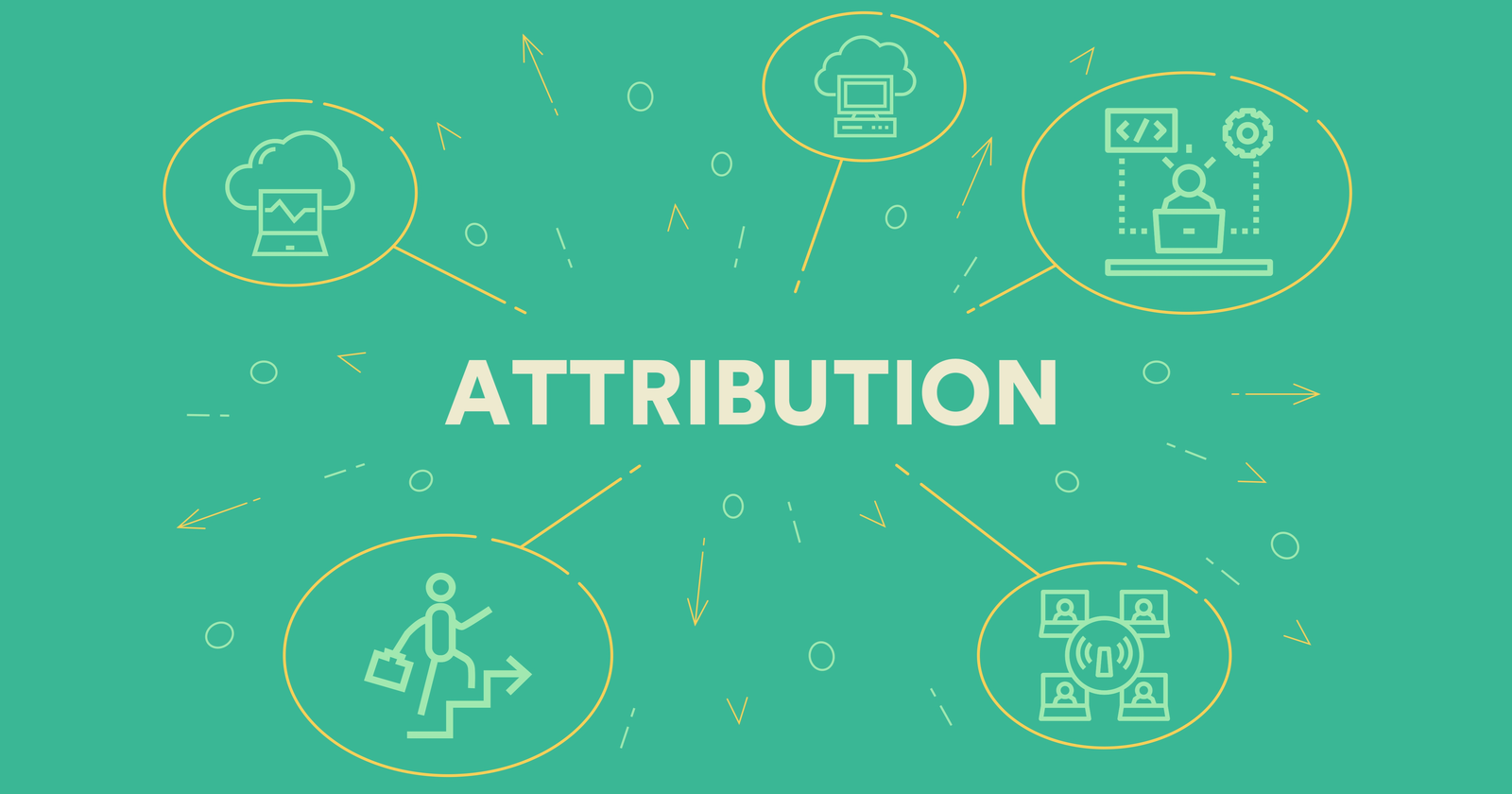
Attribution refers to giving credit to the original creator or copyright holder of a work, such as an image when you use it in your own projects or publications. Here are some key points to understand about attribution when using 123RF images:
1. Attribution Appreciation: While not always mandatory, providing attribution is generally appreciated when using images from 123RF. It shows respect for the original creator and acknowledges their work.
2. License Agreement: The specific license agreement associated with each image will outline whether attribution is required or recommended. It's important to review the terms and conditions to determine the attribution requirements for the image you intend to use.
3. How to Attribute: When attributing a 123RF image, you typically need to include certain information. This may include the photographer's name, the image title, and a statement indicating the image is licensed from 123RF. You can typically place the attribution alongside or near the image, or in the credits section of your project.
4. Attribution Format: The license agreement may specify a preferred format for attribution. It's important to follow any guidelines or instructions provided to ensure proper attribution. If no specific format is mentioned, you can generally use a format that clearly and visibly attributes the image to the original creator.
5. Online Attribution: When using 123RF images in an online context, attribution can be provided through a caption, alt text, or in image description. You can also include a clickable link to the photographer's profile or the image's source on 123RF if permitted.
6. Print Attribution: In printed materials, attribution can be placed near the image, in the credits section, or on a separate page dedicated to acknowledgments. The goal is to ensure that anyone viewing the image knows who the original creator is.
7. Compliance: By providing proper attribution, you demonstrate good ethical practices and comply with the terms of the license agreement. It helps maintain transparency and integrity in the creative community.
Also Read This: How Much Does Alamy Pay for Photos? Insight into Compensation Rates
FAQ :
Q1: Can I use 123RF images for commercial purposes?
A: Yes, you can use 123RF images for commercial purposes by obtaining the appropriate license. 123RF offers different license types, such as the Standard License and Extended License, which allow you to use the images in various commercial projects.
Q2: What is the difference between the Standard License and Extended License?
A: The Standard License grants you permission to use the image for common commercial purposes, while the Extended License provides more extensive permissions, including the use of the image on merchandise and templates for resale. The Extended License typically comes with an additional cost compared to the Standard License.
Q3: Do I need to provide attribution when using 123RF images?
A: Attribution is not always mandatory, but it is often appreciated when using 123RF images. It is important to review the specific license agreement for each image to determine if attribution is required or recommended. Providing proper attribution acknowledges the original creator and maintains good practices within the creative community.
Q4: Can I modify 123RF images?
A: In most cases, you can modify 123RF images to suit your specific needs. However, it's important to review the license agreement for each image to understand any restrictions or guidelines regarding modifications. Respect the terms and conditions outlined in the agreement to ensure proper usage.
Q5: Can I use 123RF images in logos or trademarks?
A: Generally, you cannot use 123RF images in logos or trademarks. The license agreements typically prohibit the use of the images in a way that suggests endorsement or association with a particular product, service, or company. It's important to review the license agreement for each image to understand any specific restrictions on logo or trademark usage.
Q6: Can I resell 123RF images as standalone products?
A: No, you cannot resell 123RF images as standalone products. The license agreements prohibit redistributing the images as standalone items. The licenses are granted for use in your own projects, but you cannot sell or distribute the images themselves as separate products.
Q7: Are there any restrictions on using 123RF images in editorial content?
A: When using 123RF images in editorial content, you should opt for the Editorial License. This license allows you to use the images in connection with news articles, blog posts, magazines, newspapers, and other editorial content. However, the images cannot be used for commercial advertising purposes.
Q8: Can I use 123RF images for merchandise or products for resale?
A: Yes, you can use 123RF images for merchandise or products for resale by obtaining the Extended License. The Extended License allows you to incorporate the images into merchandise and templates for resale, subject to the terms and conditions outlined in the license agreement.
Conclusion:
In conclusion, understanding the licensing and usage permissions associated with 123RF images is crucial when using them for commercial purposes. The Standard License is commonly used and allows for various commercial uses, while the Extended License provides additional permissions for merchandise and templates for resale.
The Editorial License is suitable for non-commercial, news-related, and informational uses. It is important to read the license agreement for each image to understand the specific terms, restrictions, and attribution requirements.
Adhering to the license terms ensures legal and ethical use of the images, while providing proper attribution acknowledges the original creators. If you have any specific questions or uncertainties, it is advisable to refer to the FAQ or contact 123RF directly for clarification.









